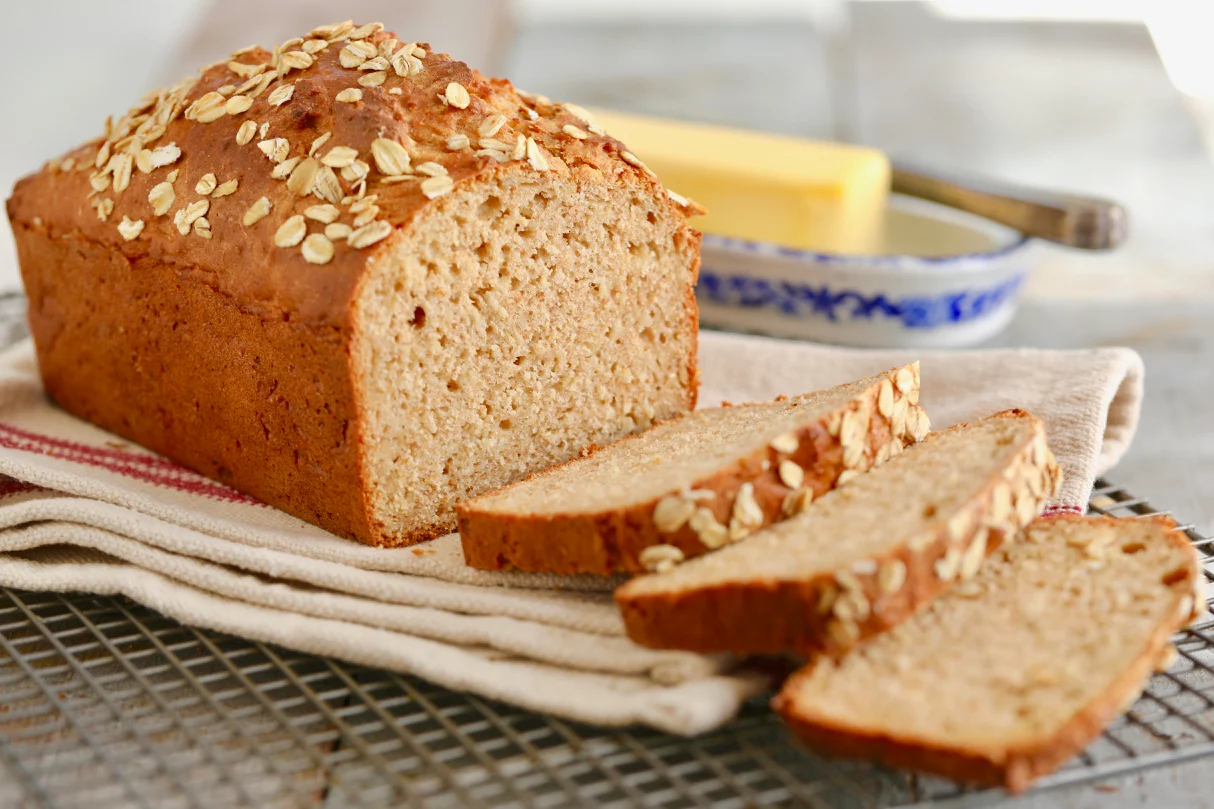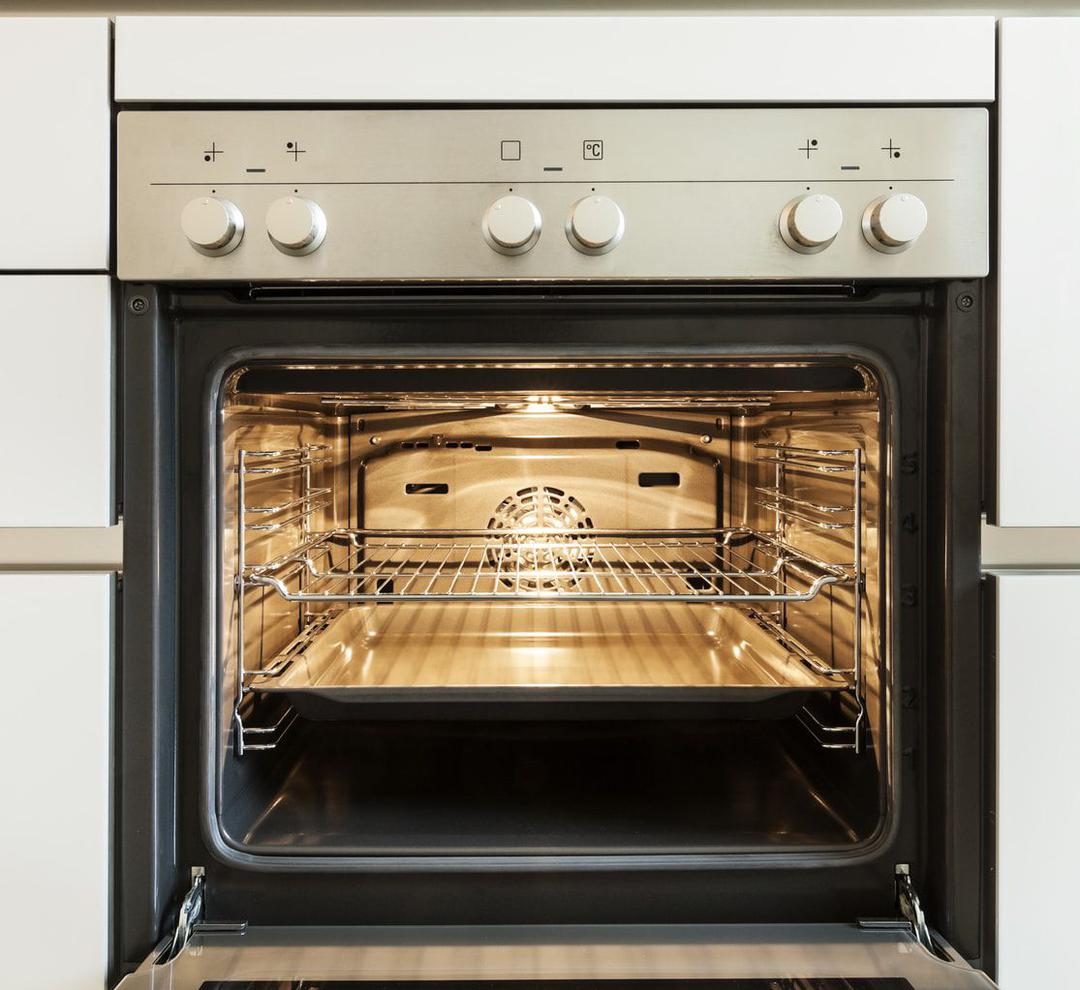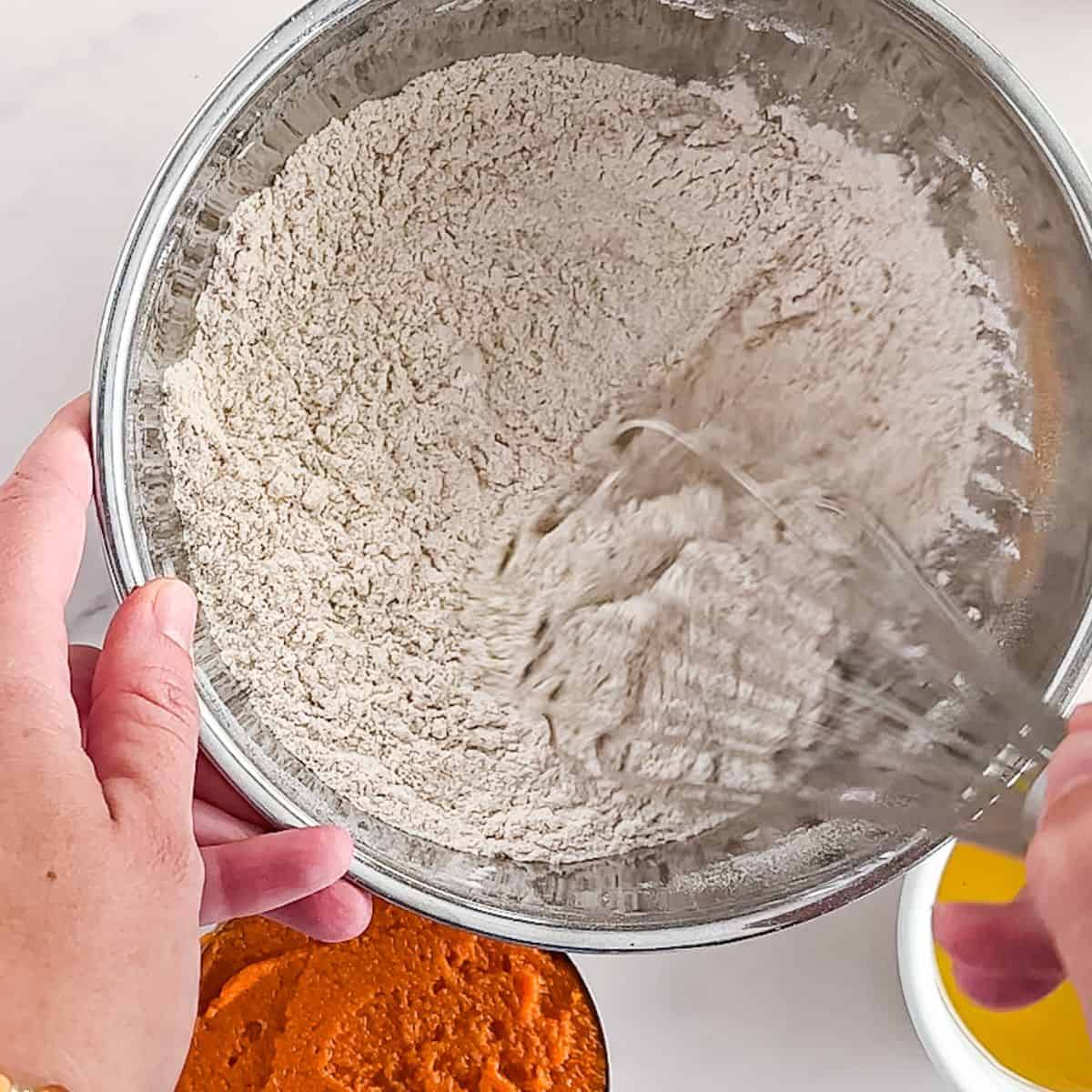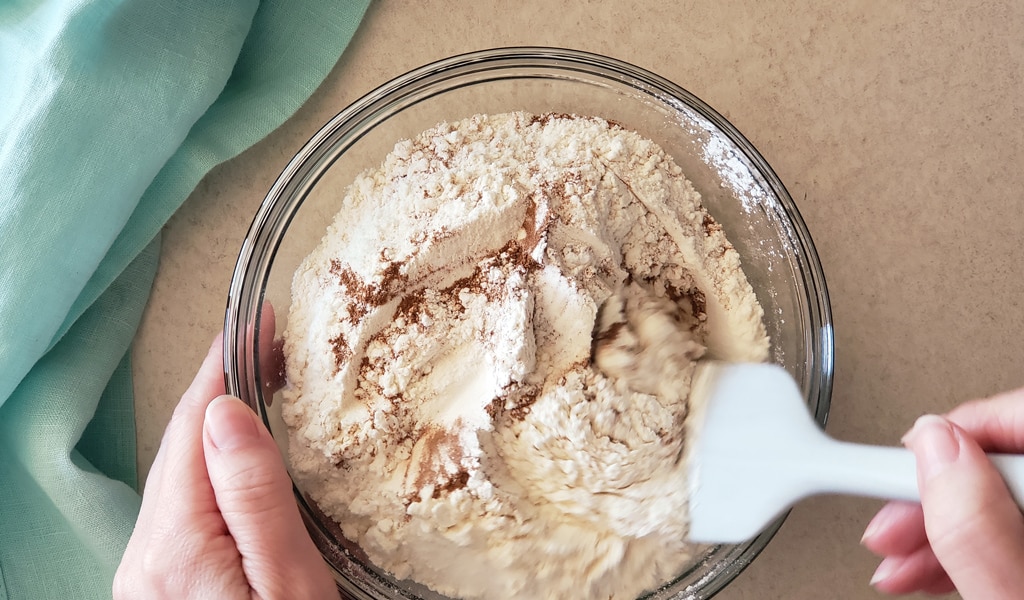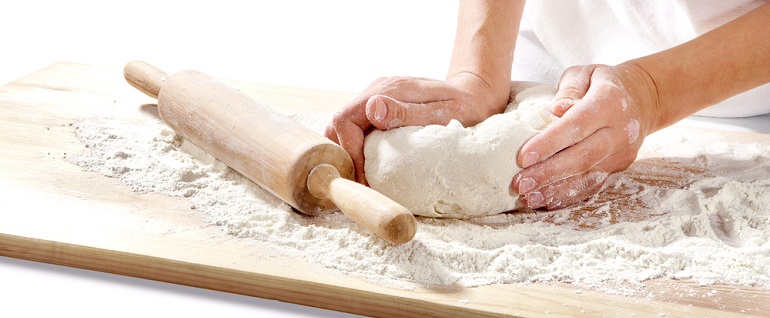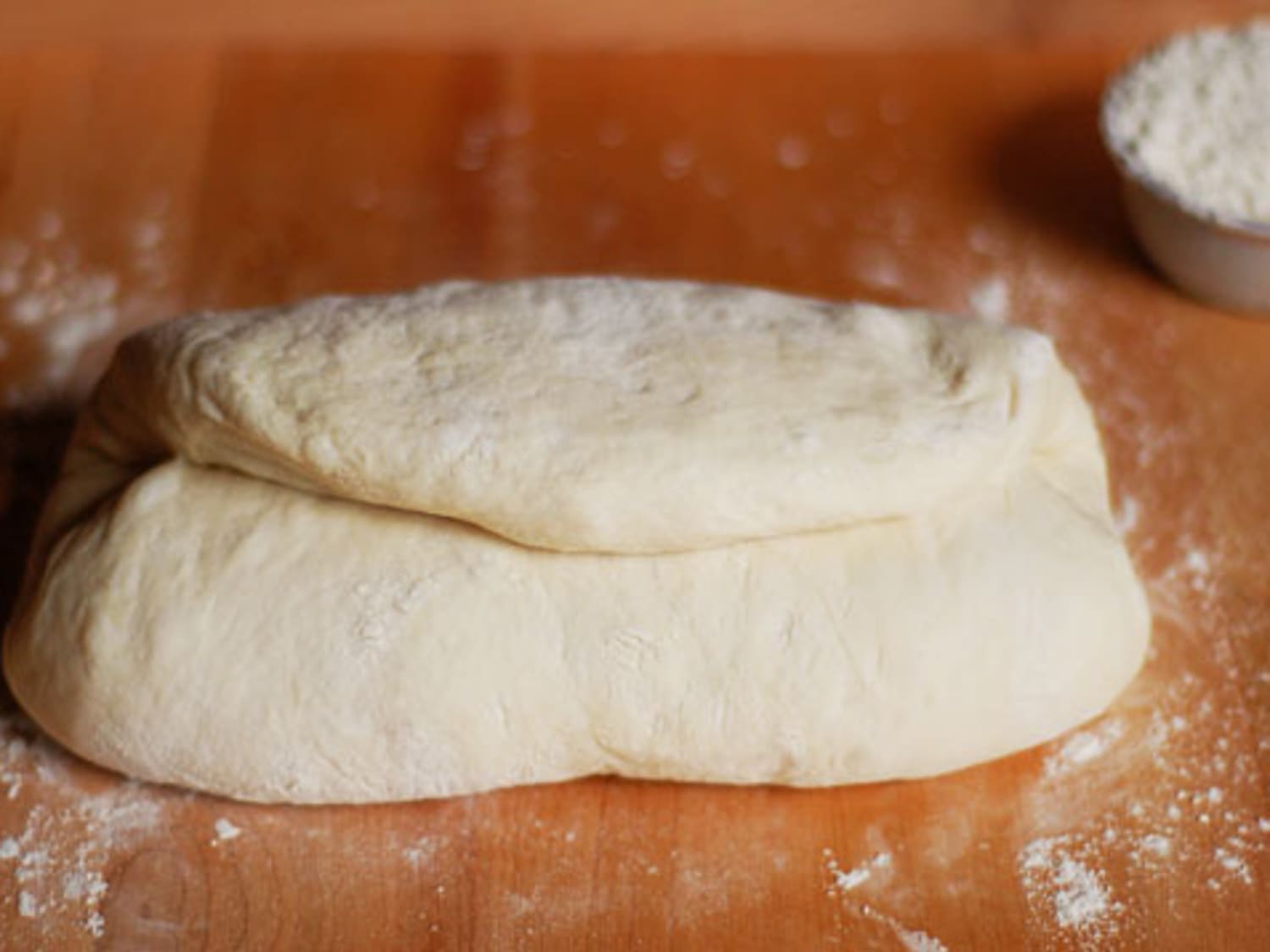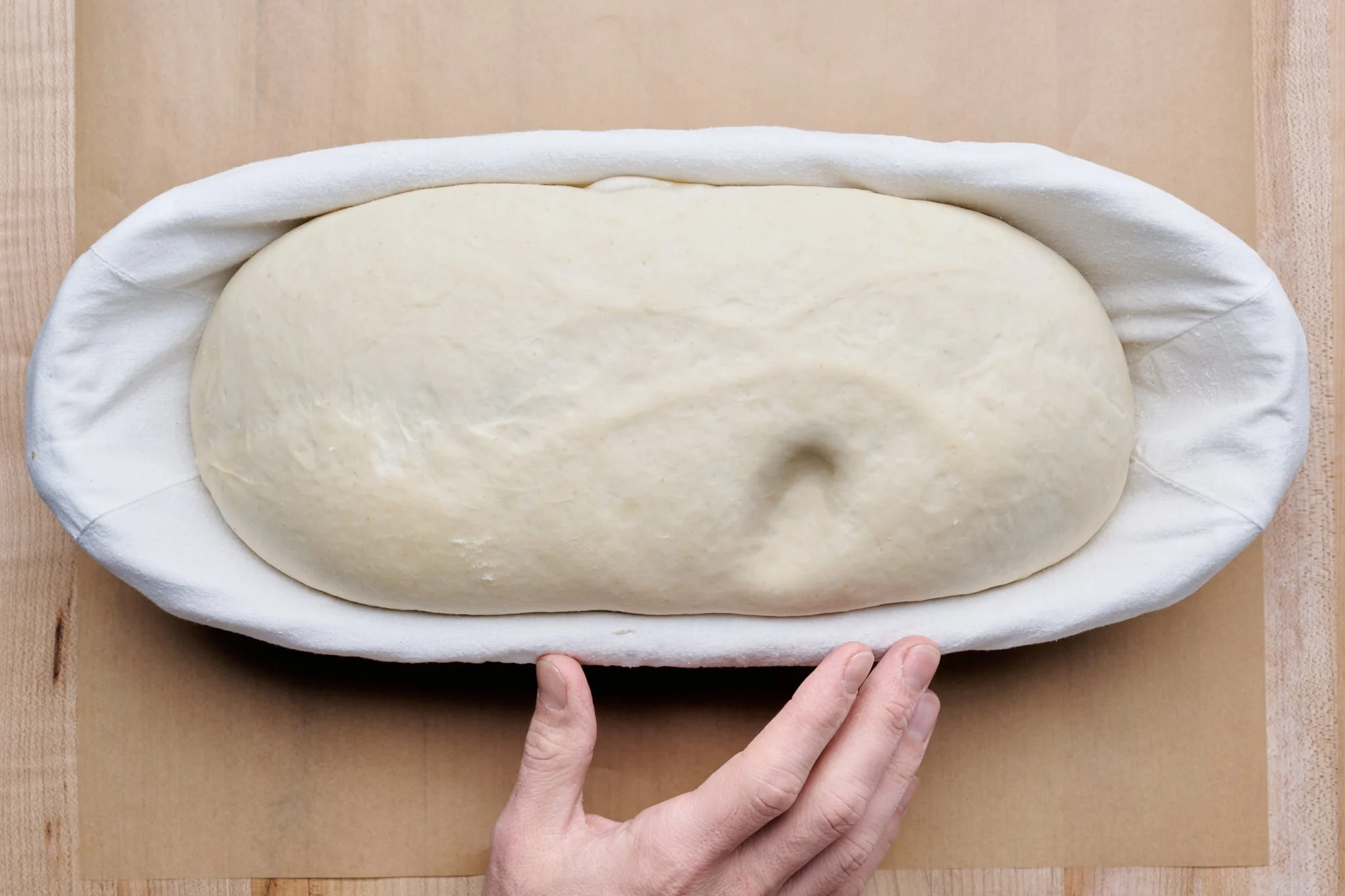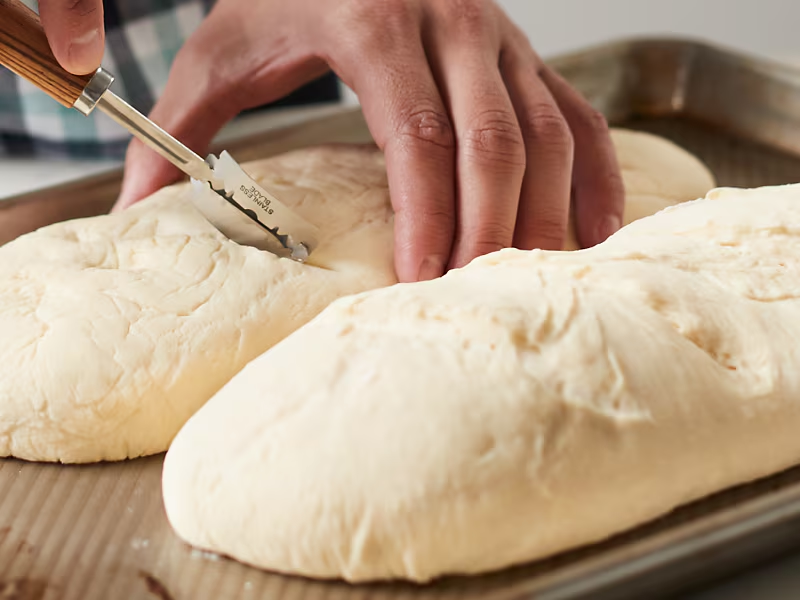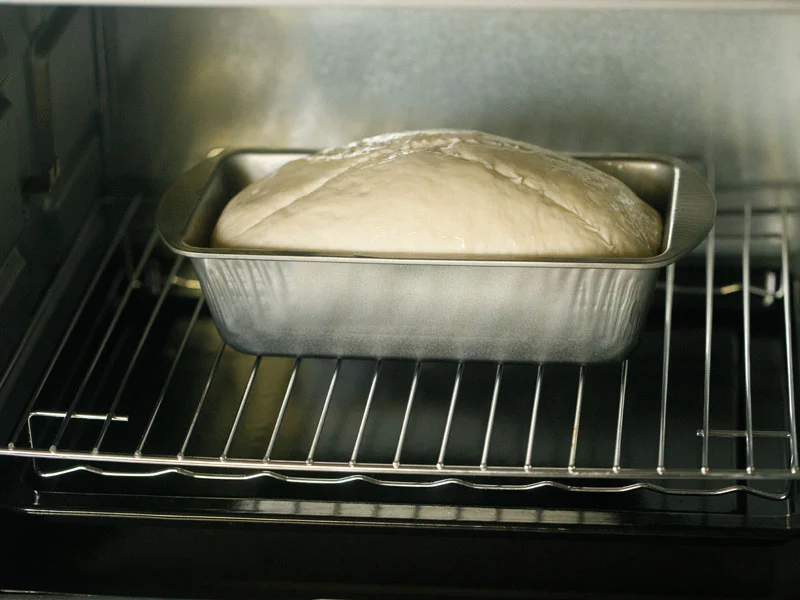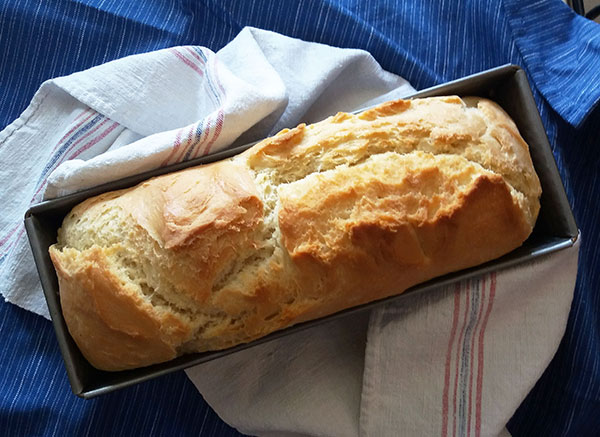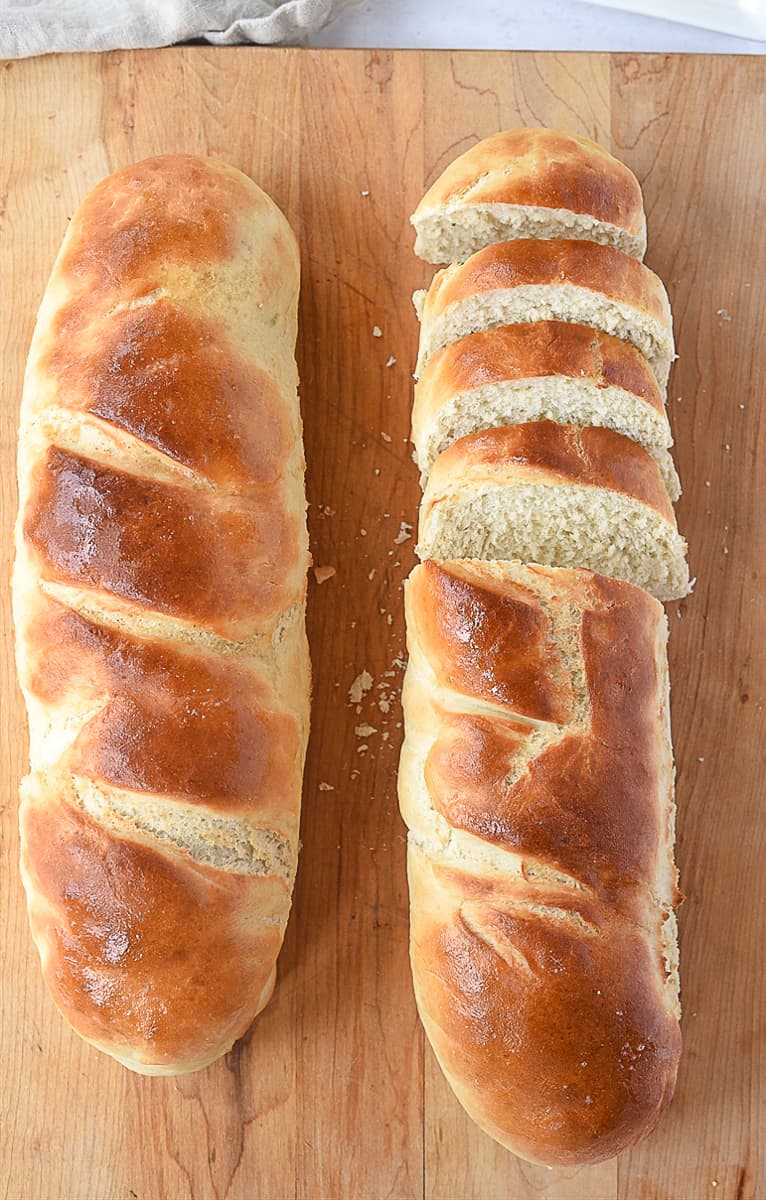
Homemade bread doesn’t have to be a time-consuming task, and yeast-free recipes are here to prove it. Without the need for long rise times, yeast-free bread is a fantastic choice for anyone who wants fresh, warm bread with minimal effort. These recipes are perfect for last-minute baking or for those who prefer simpler ingredients that don’t require yeast or fermentation.
From classic soda bread to versatile flatbreads and quick loaves, yeast-free bread opens up a world of delicious possibilities. With just a few pantry staples, you can create hearty, flavorful breads that pair well with any meal. This article offers everything you need to start making yeast-free bread, sharing practical tips, easy recipes, and creative ideas to inspire your baking journey.
Benefits Of Making Yeast-Free Bread
1. Health Benefits
Yeast-free bread can be easier on the digestive system, making it an appealing option for those with sensitivities or intolerances to yeast. Similarly, many bakers look for ways to bake without eggsto accommodate dietary restrictions. Using substitutes like applesauce, mashed bananas, or flaxseed can provide moisture and binding in egg-free recipes. Without the fermentation process, yeast-free bread typically has fewer ingredients and additives, which may make it more suitable for individuals with dietary restrictions or preferences for simple, whole foods.
2. Convenience And Speed
One of the main advantages of yeast-free bread is its quick preparation time. Since it doesn’t require hours to rise, you can prepare, bake, and enjoy a loaf in under an hour. This is ideal for busy schedules or last-minute baking, providing freshly made bread without the wait.
3. Variety Of Recipes
Yeast-free bread is highly versatile and can be adapted into various recipes like flatbreads, cornbreads, and quick loaves. For those aiming to make their baking more nutritious, healthy swaps in bakingcan transform traditional recipes without sacrificing taste. This flexibility allows bakers to experiment with flavors, textures, and ingredients without relying on yeast for leavening, offering a range of options to suit different dietary needs.
Essential Ingredients For Yeast-Free Bread
Common Ingredients
The ingredients for yeast-free bread are straightforward and often found in the kitchen pantry:
- Flour: All-purpose or whole wheat flour is typically used, but other flours like spelt or gluten-free flour can be used for different textures.
- Baking Powder/Soda: These leavening agents replace yeast, providing the bread with a light texture.
- Salt: Adds flavor and balances the dough.
- Liquid: Water or milk to hydrate the dough.
Optional Add-ins
Adding herbs, seeds, nuts, or spices can elevate the flavor and texture of yeast-free bread. Popular add-ins include:
- Herbs and Spices: Rosemary, garlic powder, and oregano add depth to the flavor. Many cooks also use herbs instead of saltto enhance taste while reducing sodium.
- Seeds and Nuts: Chia seeds, sunflower seeds, or walnuts can add crunch and nutritional benefits.
Step-by-Step Guide To Making Yeast-Free Bread
1. Preheat The Oven To 375°F (190°C)
Preheating the oven is essential for even baking. Set your oven to 375°F (190°C) and allow it to fully heat up while you prepare the dough. This temperature is ideal for baking yeast-free bread, ensuring a golden, crusty exterior while keeping the inside soft and moist.
2. Mix Dry Ingredients
In a large mixing bowl, combine 2 cups of flour, 1 tablespoon of baking powder, and 1/2 teaspoon of salt. Stir these ingredients together until they’re evenly distributed. The baking powder is the leavening agent that will give the bread a light rise, replacing yeast in this recipe. Salt adds flavor and balances the dough.
3. Add Liquid Ingredients
Gradually pour in 1 cup of water or milk, stirring the mixture as you go. Add the liquid slowly to control the dough's consistency; it should be slightly sticky but firm enough to hold its shape. Water keeps the bread light, while milk adds a hint of richness. Stir until a soft dough begins to form.
4. Knead Gently (Optional)
Lightly flour a clean surface and turn the dough out onto it. Knead the dough gently, pressing it and folding it over just a few times to combine all ingredients. Unlike yeast bread, yeast-free bread doesn’t require extensive kneading. Overworking the dough can make it dense, so handle it as little as possible.
5. Shape The Dough
Shape the dough into a round or an oblong loaf, depending on your preference. Gently pat the dough into shape with your hands. This step is simple but essential for achieving the bread shape you want. If using a loaf pan, lightly grease it, and press the dough into the pan.
6. Place On A Baking Sheet
Place your shaped dough onto a lined or lightly greased baking sheet if you’re not using a loaf pan. A baking sheet allows the heat to circulate evenly around the dough, helping it bake uniformly. You can also use parchment paper to prevent sticking.
7. Score The Top
Using a sharp knife, make a few slashes or cuts on the top of the dough. This process, known as scoring, allows steam to escape and prevents the bread from cracking unevenly as it bakes. It also adds a decorative touch, giving the finished bread a rustic look.
8. Bake
Place the baking sheet or loaf pan in the preheated oven and bake for 25-30 minutes. Check for doneness by tapping the bread—if it sounds hollow, it’s ready. The baking time may vary slightly depending on your oven, so keep an eye on the bread to ensure it doesn’t overcook.
9. Cool
After removing the bread from the oven, allow it to cool on a wire rack. Cooling helps set the texture, making the bread easier to slice without crumbling. Wait at least 15-20 minutes before cutting, as the steam inside will continue to cook the bread slightly even after it’s out of the oven.
Tips For Kneading And Shaping
- Minimal Kneading: Unlike yeast bread, yeast-free bread requires only a gentle knead to combine the ingredients and shape the dough.
- Scoring: Scoring the top of the bread allows it to expand evenly as it bakes.
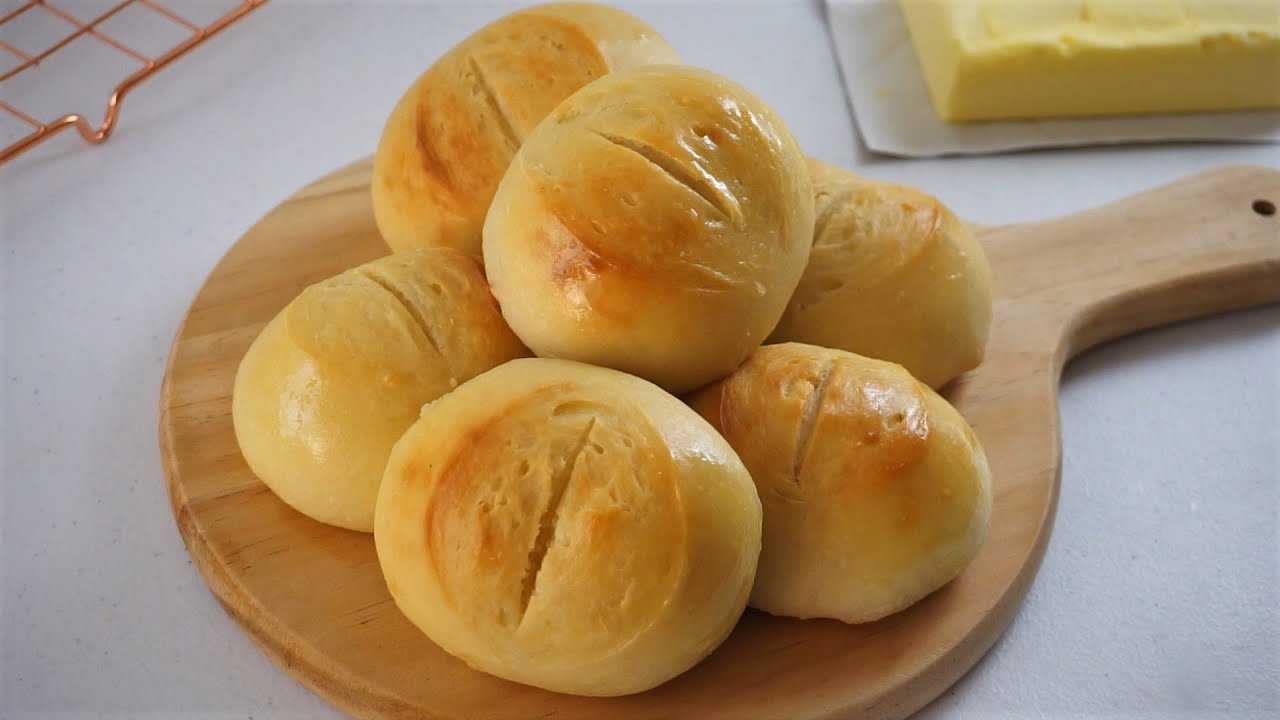
I Make The Easiest Bread With No Yeast And No Knead
Types Of Yeast-Free Bread Recipes
Soda Bread
Soda bread is a popular type of yeast-free bread originating from Ireland. It uses baking soda as the leavening agent and is known for its slightly tangy flavor and hearty texture. Traditional soda bread recipes are made with just a few ingredients and are simple to prepare.
Flatbreads And Tortillas
Flatbreads and tortillas are naturally yeast-free and are made by combining flour, water, and a bit of salt. These breads are typically cooked on a stovetop, making them quick to prepare. They’re a versatile choice for wraps, sandwiches, or as a side with soups and stews.
Banana Bread And Quick Breads
Many sweet breads, such as banana bread, are also yeast-free, relying on baking soda or powder to rise. These breads are typically moist and dense, making them ideal for breakfast or as a snack. They’re also perfect for incorporating fruits, nuts, and spices.
Cornbread
Cornbread is a classic yeast-free bread that’s particularly popular in Southern U.S. cuisine. Made from cornmeal, it has a unique flavor and crumbly texture. Cornbread pairs well with savory dishes like chili or stew and can be made in various forms, from muffins to loaves.
Common Mistakes To Avoid
- Overmixing the Dough: Overmixing can make the bread dense and tough. Mix until just combined.
- Incorrect Baking Temperature: Follow the recommended baking temperature to ensure an even rise.
- Adding Too Much Liquid: Too much liquid can make the dough sticky and difficult to shape, resulting in a dense loaf.
FAQs
Can I Make Yeast-free Bread Gluten-free?
Yes, you can use gluten-free flour blends specifically designed for baking. Some adjustments to the liquid may be needed.
What Is The Best Flour For Yeast-free Bread?
All-purpose flour works well for most recipes, but whole wheat and alternative flours like spelt or rye can add flavor and texture.
How Long Does Yeast-free Bread Last?
Yeast-free bread typically lasts 2-3 days when stored in an airtight container at room temperature. It can also be frozen for up to a month.
Can I Freeze Yeast-free Bread?
Yes, wrap the loaf tightly in plastic wrap and store it in the freezer. Thaw at room temperature when ready to eat.
Why Is My Yeast-free Bread Too Dense?
Yeast-free bread can be dense if overmixed or if too much flour is added. Make sure to follow the recipe and avoid over-kneading.
Final Thoughts
Making yeast-free bread is an easy and versatile way to enjoy fresh, homemade bread without waiting for the dough to rise. With a few basic ingredients and simple techniques, you can create a variety of breads to suit your tastes. You may prefer savory soda bread, sweet banana bread, or a simple flatbread yeast-free baking is convenient, flavorful, and rewarding.
Embrace the simplicity of yeast-free bread and try different add-ins, flavors, and recipes to make this bread your own. With just a bit of creativity, you can enjoy freshly baked bread that’s perfect for any meal!
